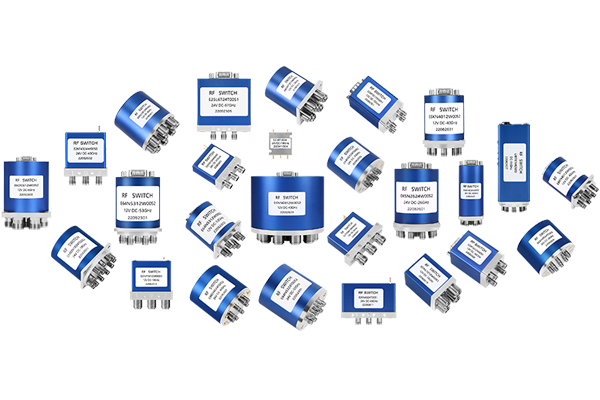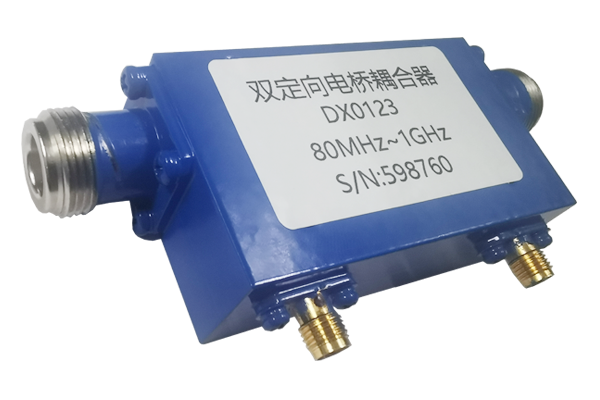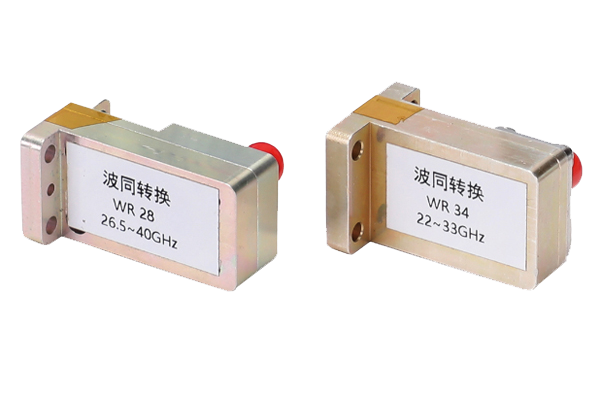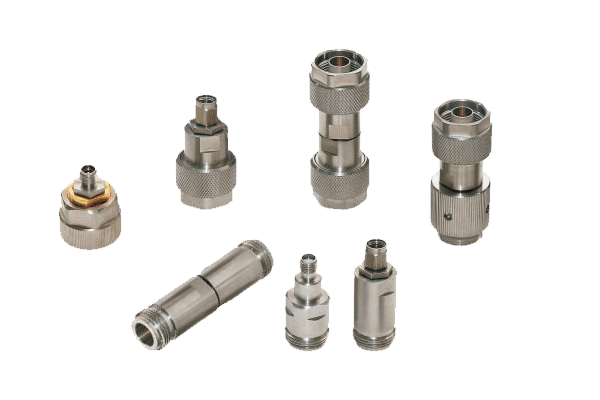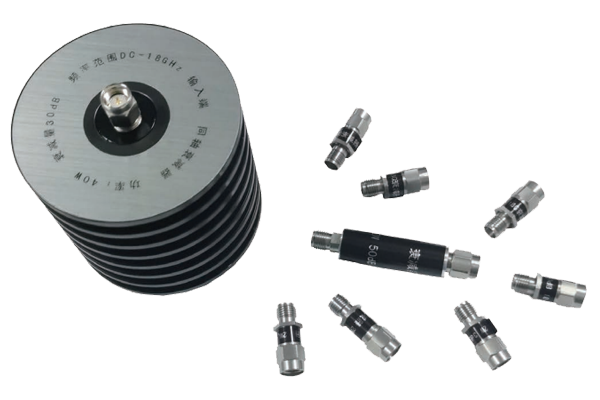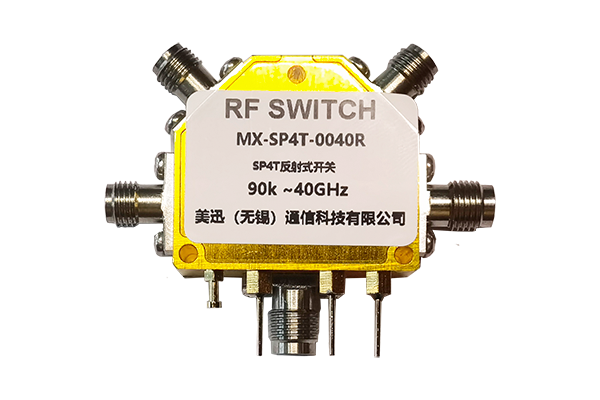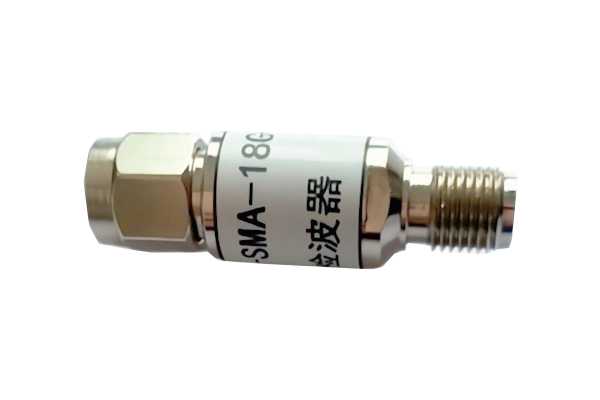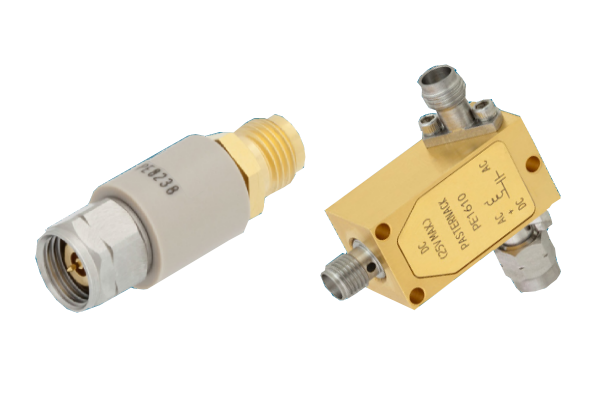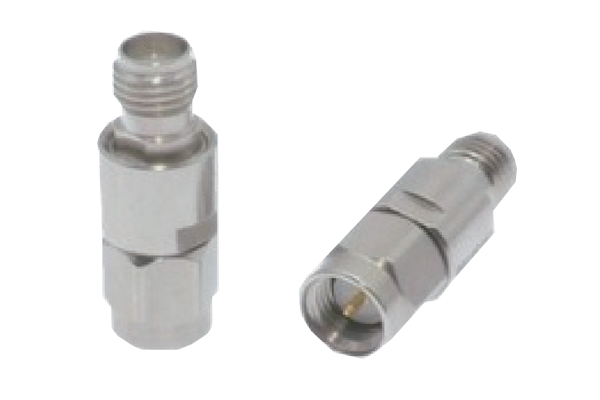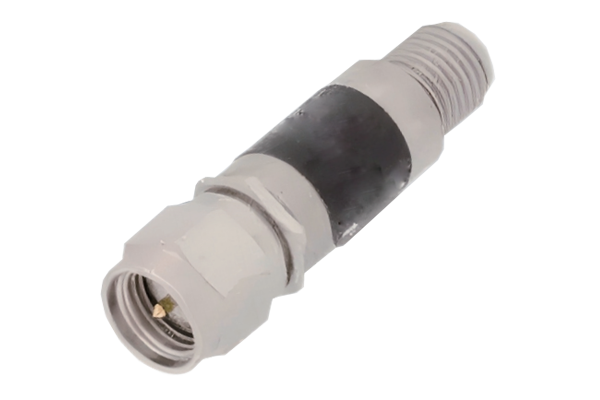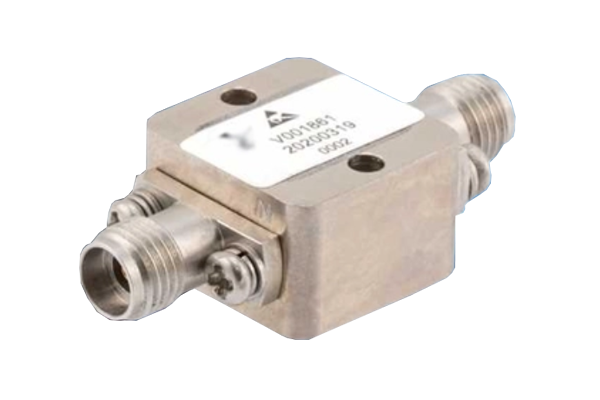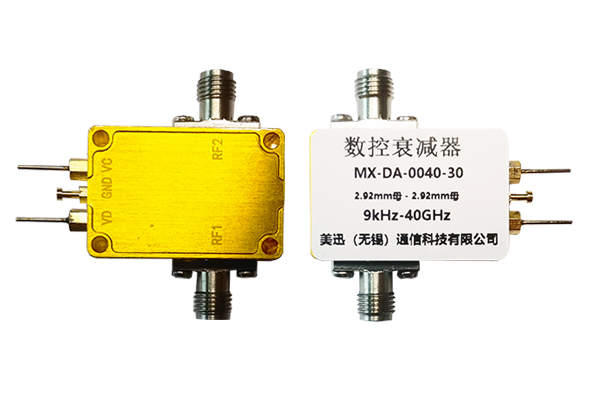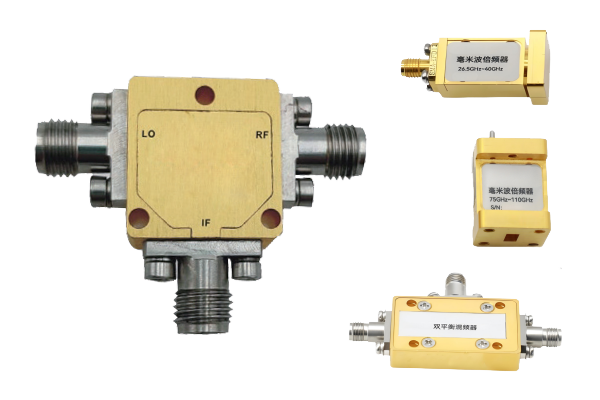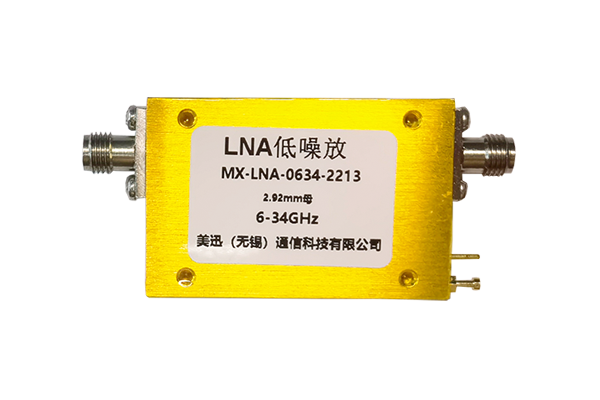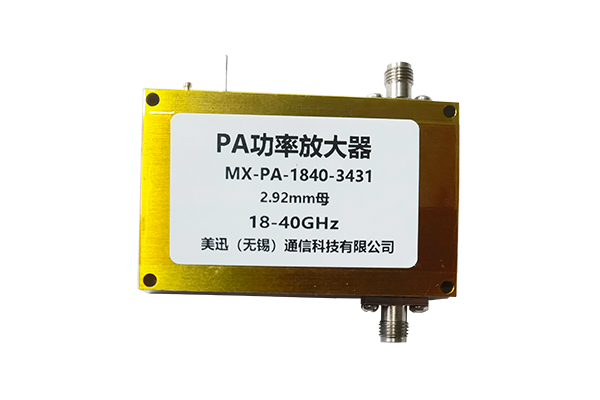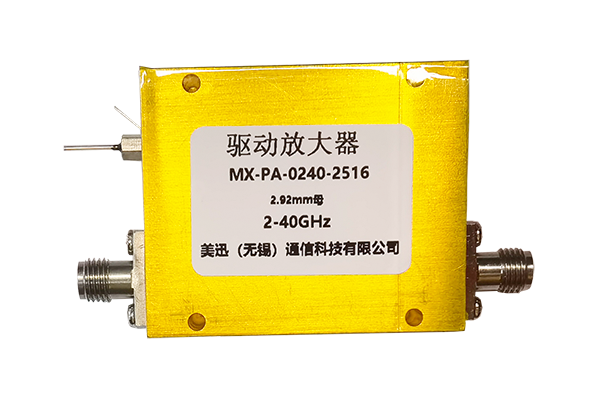How can the limitations of coaxial switches be overcome in smart grid applications
Optimizing Coaxial Switches for Smart Grid Applications
A hybrid architecture approach can overcome coaxial switch limitations by leveraging their RF strengths while addressing power system requirements through targeted design modifications.
- Frequency Segregation: Use coaxial switches exclusively for RF sensing/data routing while employing PLC/Ethernet for power control. Modulate signals via RF carriers when temporary conversion is needed.
- Power Segregation: Decouple low-power RF functions (IoT sensors) from high-power tasks handled by solid-state relays or circuit breakers.
- Ruggedization Upgrades: Deploy IP68-rated connectors with thermal management. Implement dual-path redundancy (coaxial + Ethernet) for critical data.
- Cost Optimization: Limit coaxial use to high-RF zones (substations) while using PLC/fiber for grid-wide control.
- Signal Enhancement: Apply DSP error correction and ML-based predictive maintenance to improve reliability.



